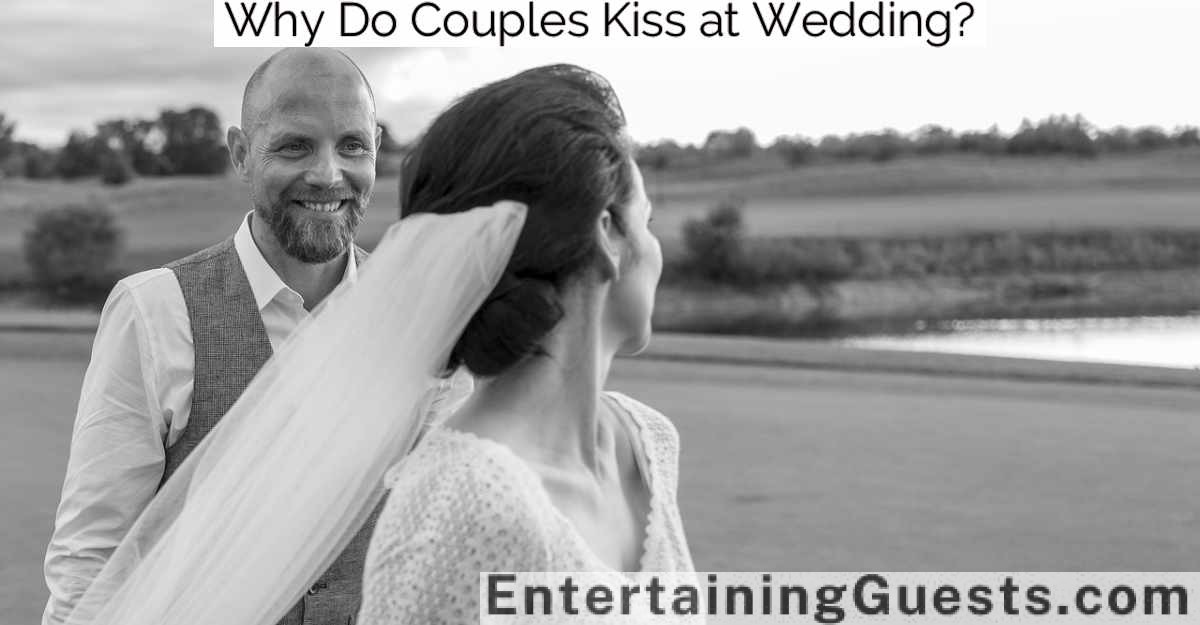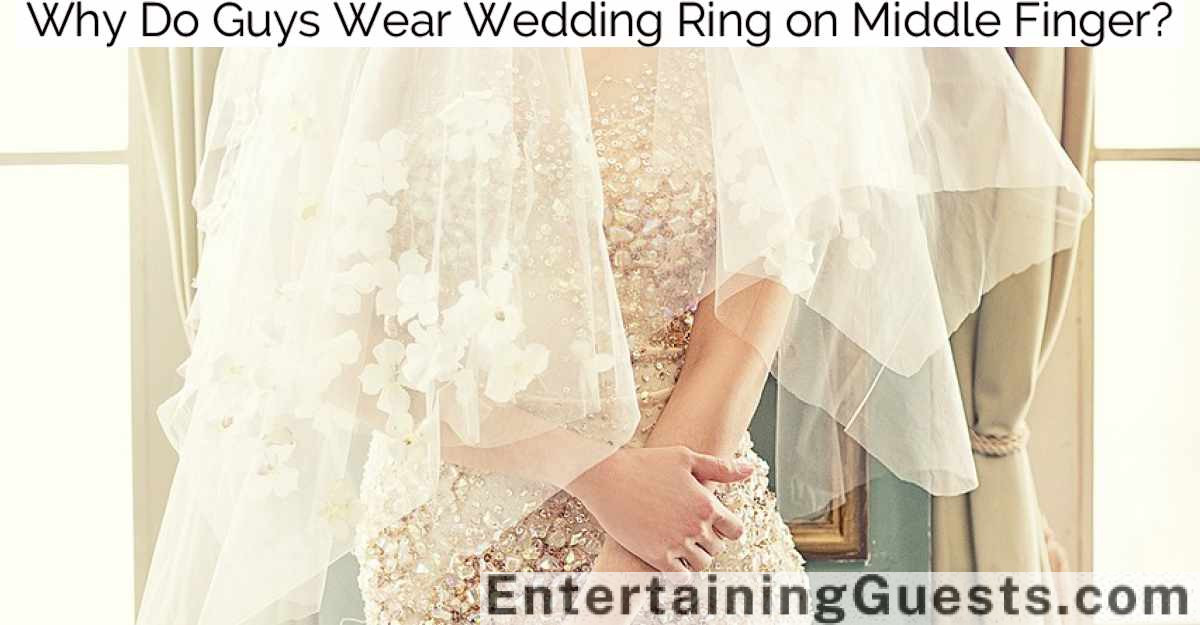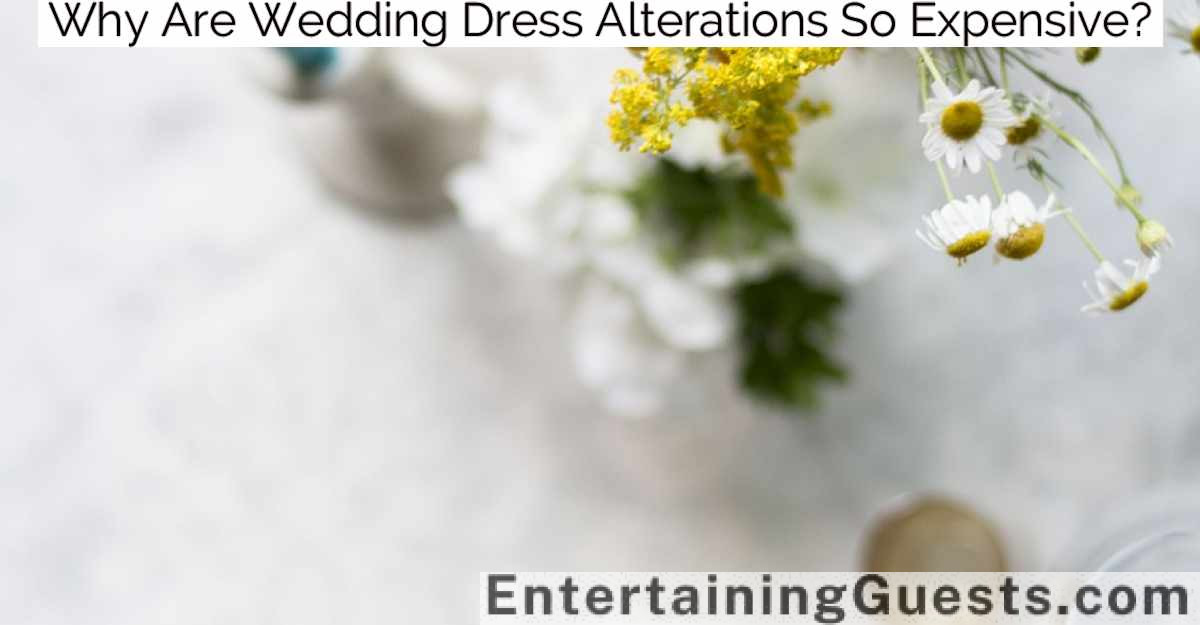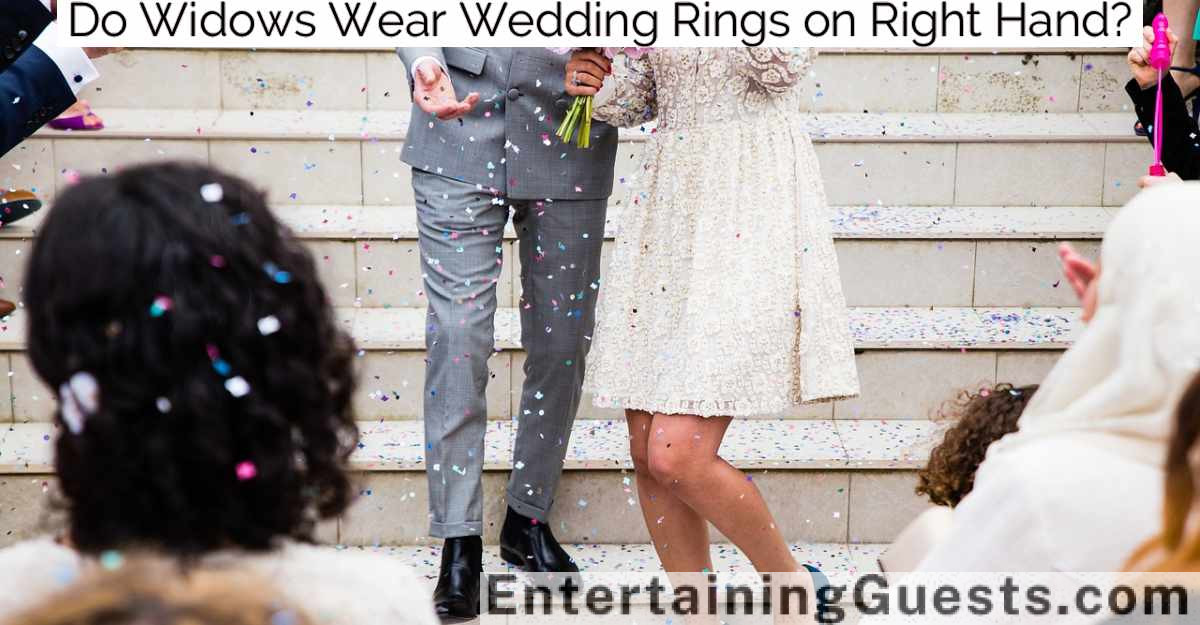Yes, Koreans do wear wedding rings. This practice symbolizes marital commitment and has become increasingly popular since the late 20th century, influenced by Western traditions and global media.
Originally, Koreans had unique marital symbols like wooden geese, but the adoption of wedding rings now serves not only as an emblem of love but also as an indicator of social status and familial alliances. Materials such as gold or diamonds are often chosen to enhance these aspects.
While urban wedding ceremonies commonly include a Western-style ring exchange, traditional elements continue to be significant, particularly in rural areas. This reflects a dynamic blend of modern and traditional practices within Korean matrimonial culture.
Historical Roots of Wedding Rings
Wedding rings, often symbolizing eternal love and commitment, have a storied history that frequently roots back to ancient Egypt. Originally, they were made of braided papyrus or leather, representing a never-ending cycle and a door to the future.
As cultures evolved, so did the materials and symbolism of these rings. In Rome, iron rings signified strength and permanence, subtly shifting the focus towards the durability of the bond.
The introduction of precious metals like gold and silver further transformed their significance, especially in Europe during the medieval period. These materials weren’t just chosen for their beauty but also for their resistance to corrosion, symbolizing an unbreakable and eternal bond.
This tradition, deeply embedded in European culture, spread across the continents, adapting to local customs and ideologies.
In many Asian cultures, wedding rings weren’t traditionally part of marriage rituals. Instead, other symbols like clothing, jewelry, or even tattoos played significant roles in denoting union and commitment.
Each region had its unique expression of the vows made between couples, often influenced by local religions and societal norms, which dictated the forms and expressions of love and alliance.
Modern Adoption of Western Practices
As global interactions increased, particularly through colonialism and the spread of Western media, many Asian countries began to adopt Western marriage symbols, including the wearing of wedding rings.
In Korea, this trend accelerated markedly in the late 20th century as Western customs became more influential through films, television, and increased international travel.
Koreans traditionally emphasized different elements in their marriage ceremonies, such as the exchange of wooden geese or ducks which symbolize fidelity.
However, the rise of Western-style weddings has seen these customs supplemented, or in some cases, replaced by the exchange of wedding rings.
This shift also mirrors broader societal changes in Korea, where globalization has encouraged a more eclectic approach to cultural practices.
Symbolism of Wedding Rings in Korea
Adopting the Western tradition of exchanging wedding rings, Koreans have imbued this custom with unique symbolic meanings that reflect both modern influences and deep-rooted cultural values. In Korea, the wedding ring isn’t just a symbol of love and commitment but also a marker of social and personal status. The choice of material and design, typically gold or diamonds, underscores the wearer’s social standing and aspirations.
Historically, Confucian values emphasizing family and social hierarchy play a significant role in how Koreans perceive the symbolism of wedding rings. These rings symbolize not only the union of two individuals but also the joining of two families. They represent a pledge of loyalty and duty to the new family unit, just as much as to one’s spouse.
In modern contexts, these rings also signify gender roles within marriages, often reflecting traditional expectations where men are seen as providers and women as caretakers. However, contemporary shifts show that many couples now view these rings as symbols of equal partnership and shared responsibilities.
Thus, the wedding ring in Korea serves as a complex emblem, woven with threads of historical significance, social symbolism, and evolving cultural norms.
Variations in Wedding Ring Ceremonies
In Korea, the manner in which couples exchange wedding rings varies considerably across different regions and social strata. In traditional settings, particularly in rural areas, wedding rings aren’t always the central symbol of marriage; instead, the focus might be on other rituals like the exchange of wooden geese or ducks, which symbolize fidelity.
Urban regions, influenced by Western customs, prominently feature ring exchanges in their ceremonies, often with elaborate gestures and vows.
The socioeconomic status of a couple also plays a critical role in the style and substance of ring ceremonies. Wealthier families might opt for extravagant ceremonies with custom-designed rings, sometimes even involving public figures or celebrities as part of the event.
Middle and lower-income families might stick to simpler, more intimate ceremonies with less emphasis on the rings themselves, focusing more on the union than the symbols of it.
Furthermore, the integration of Western practices has led to a rise in dual-ring ceremonies, where both spouses exchange rings, a practice that wasn’t traditionally common in Korea.
This shift reflects a broader trend towards more egalitarian matrimonial practices, mirroring changes in societal views about marriage and partnerships within the country.
Trends and Preferences Among Couples
Reflecting broader societal changes, today’s Korean couples often display a distinct preference for personalized wedding rings that symbolize their unique relationships. This shift indicates a move away from traditional, uniform designs to choices that reflect personal tastes and stories. Many opt for custom-designed rings that incorporate elements meaningful to both partners, such as engravings of significant dates or intertwined initials.
The trend is also seeing a departure from the classic gold bands, with younger couples gravitating towards alternative metals like titanium and platinum, and stones other than diamonds, such as sapphires and colored gemstones. This diversification in materials and designs mirrors the growing emphasis on individuality and self-expression among modern Korean society.
Furthermore, the process of selecting wedding rings is increasingly viewed as a collaborative, intimate decision-making journey for couples, contrasting with past practices where family influence was more pronounced. Today’s couples are more likely to research extensively, visit multiple jewelers, and consider bespoke options together, making the choice of wedding rings as much a statement of their relationship as it’s a form of adornment.
These evolving preferences not only highlight changing societal norms but also point towards a broader global influence shaping contemporary Korean matrimonial traditions.
Conclusion
In Korea, wedding rings symbolize a blend of tradition and modernity. Couples often embrace Western practices, incorporating rings as symbols of love and commitment, reflecting global influences on Korean matrimonial customs. Today, preferences and trends vary widely, with some opting for elaborate designs, while others choose simpler bands, showcasing the diversity in how modern Koreans perceive and celebrate their unions. This evolution marks a significant shift from historical norms, highlighting the dynamic nature of cultural integration and adaptation in contemporary Korean society.




